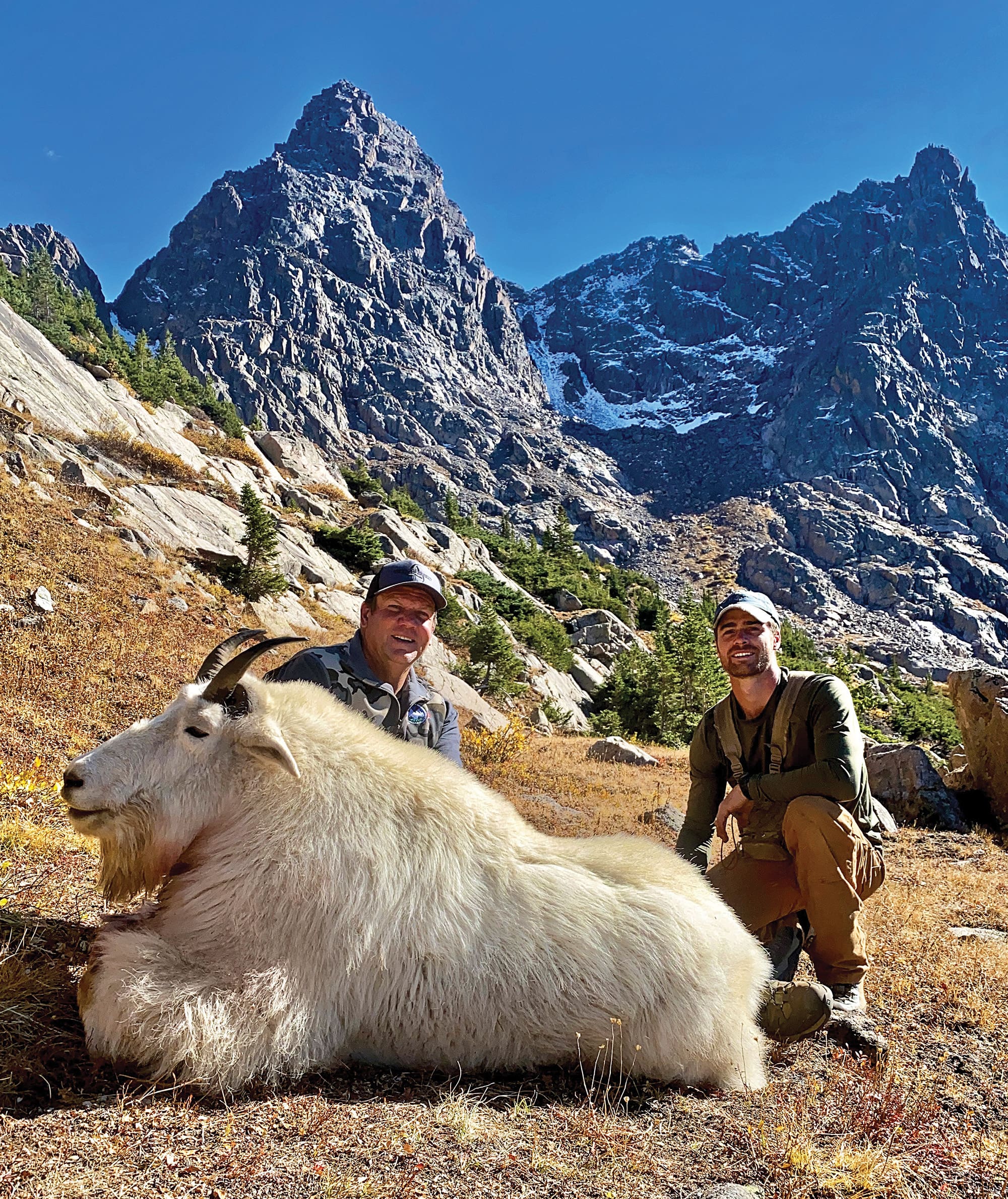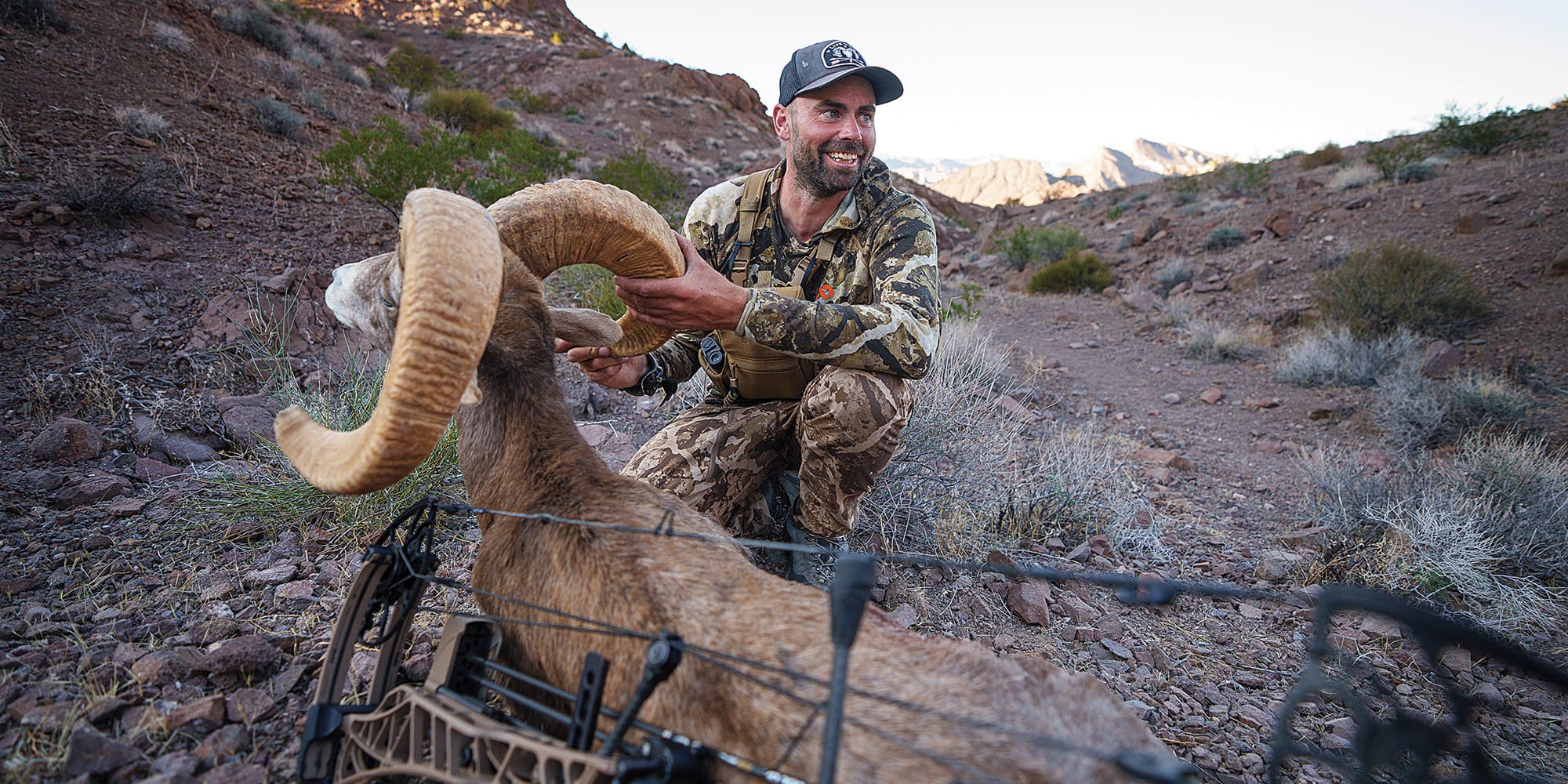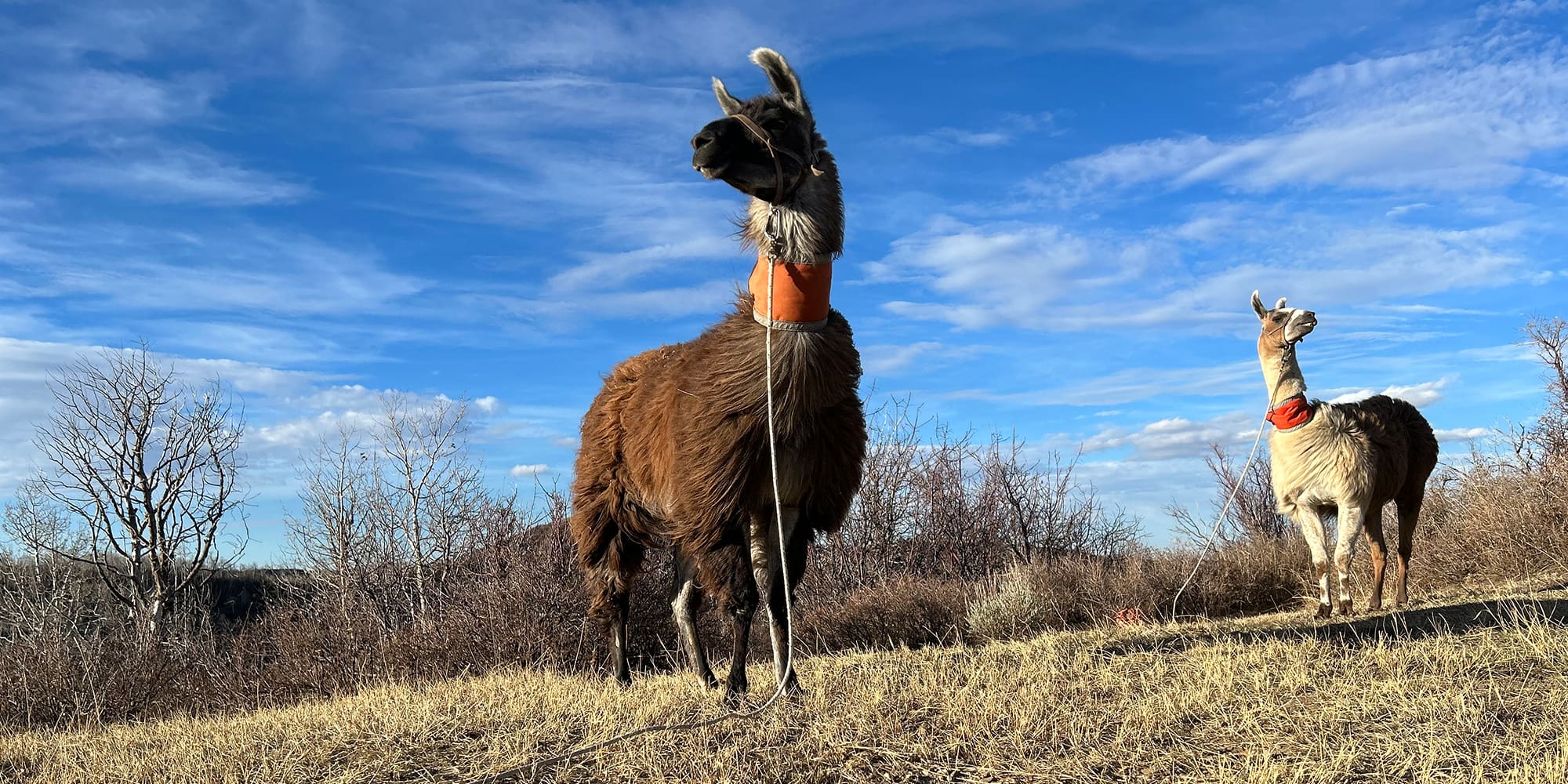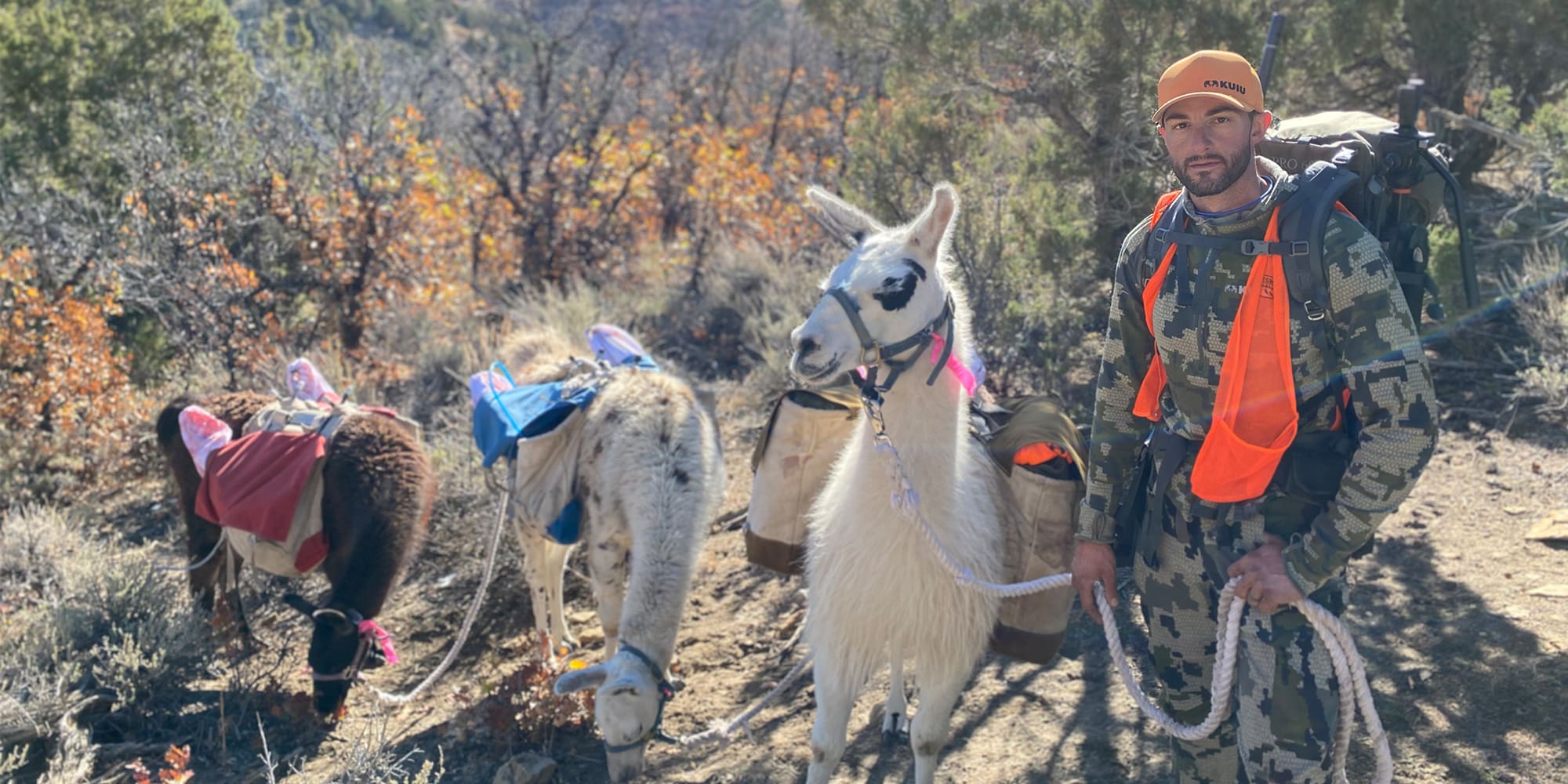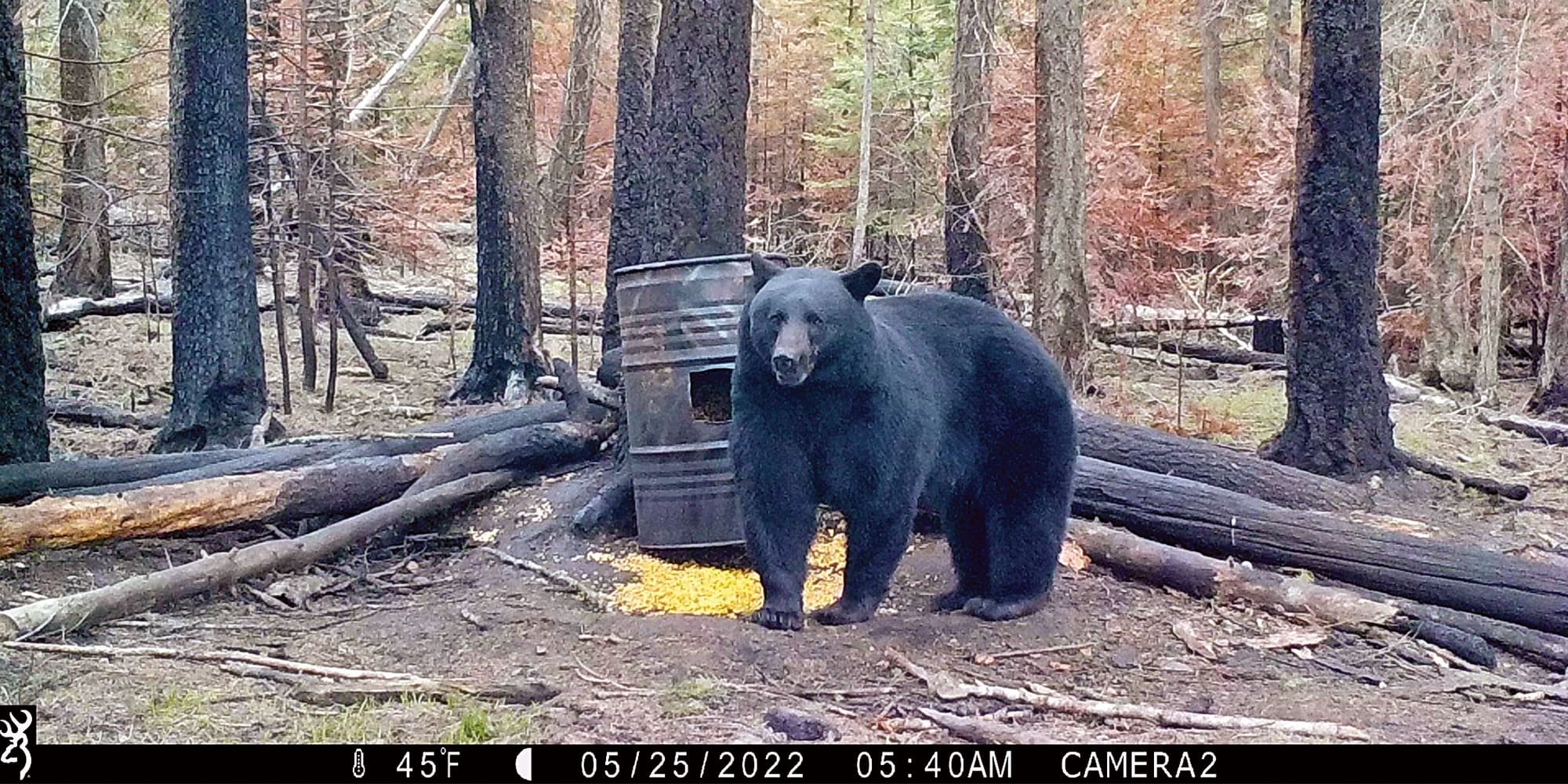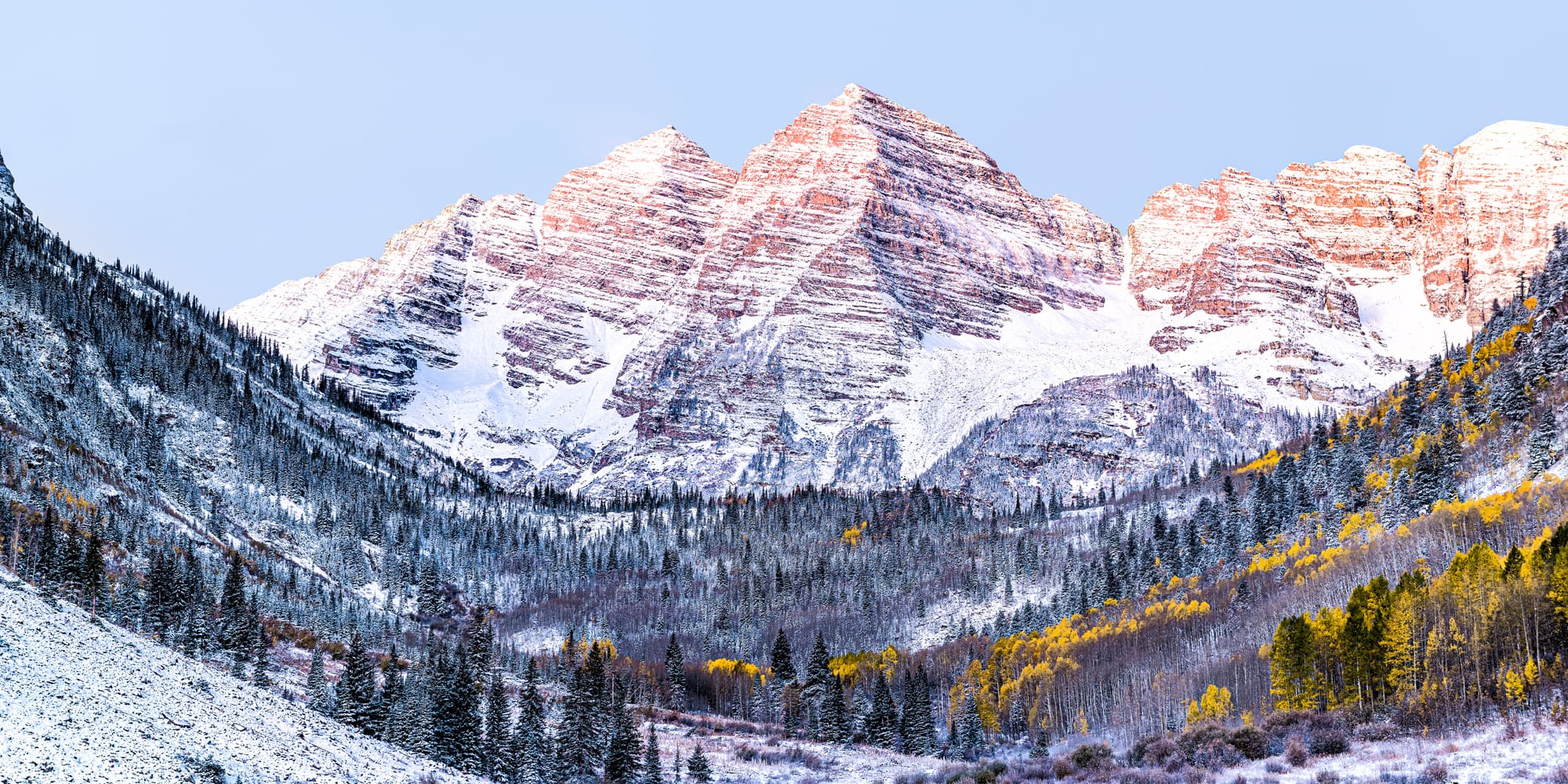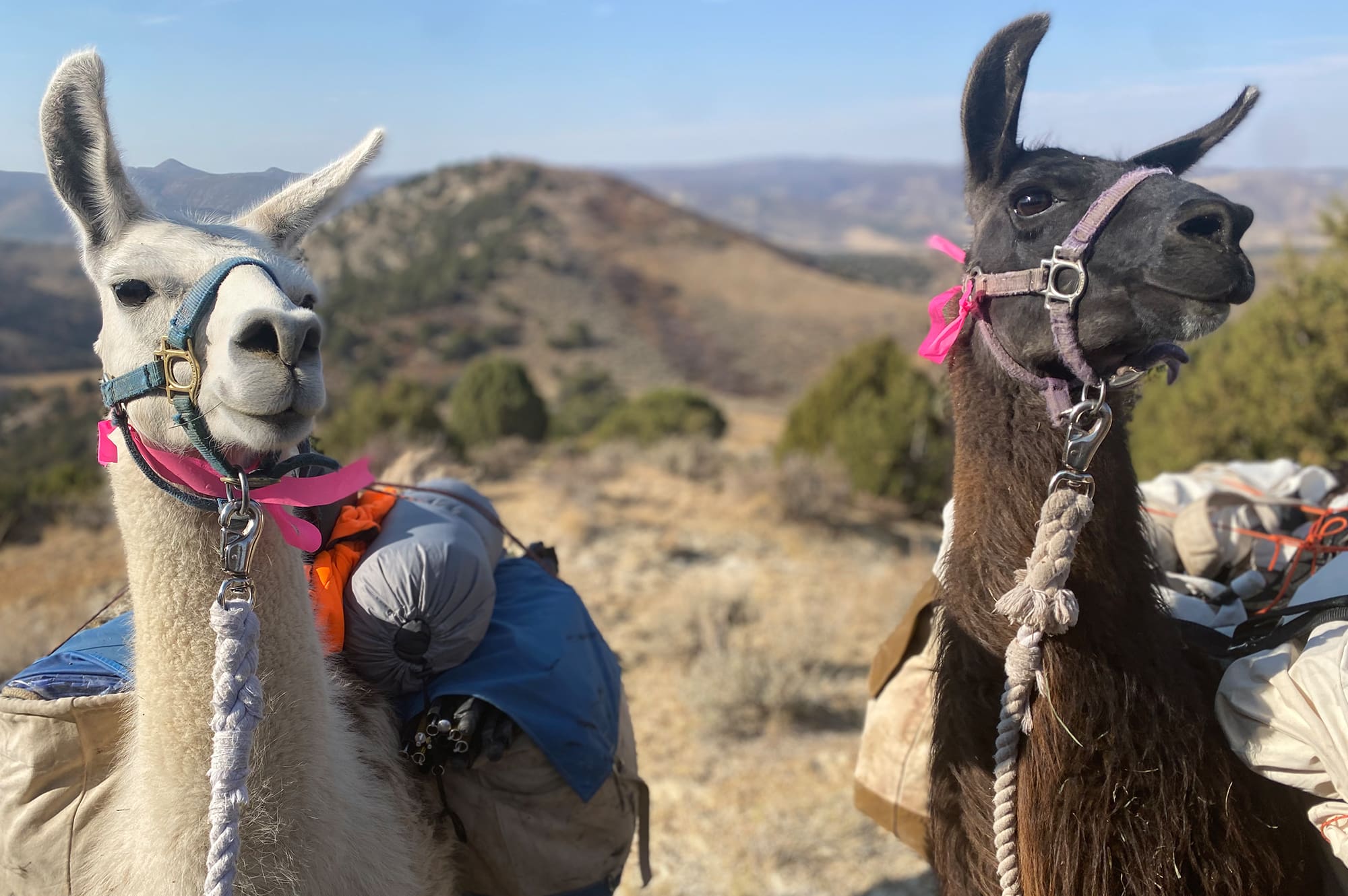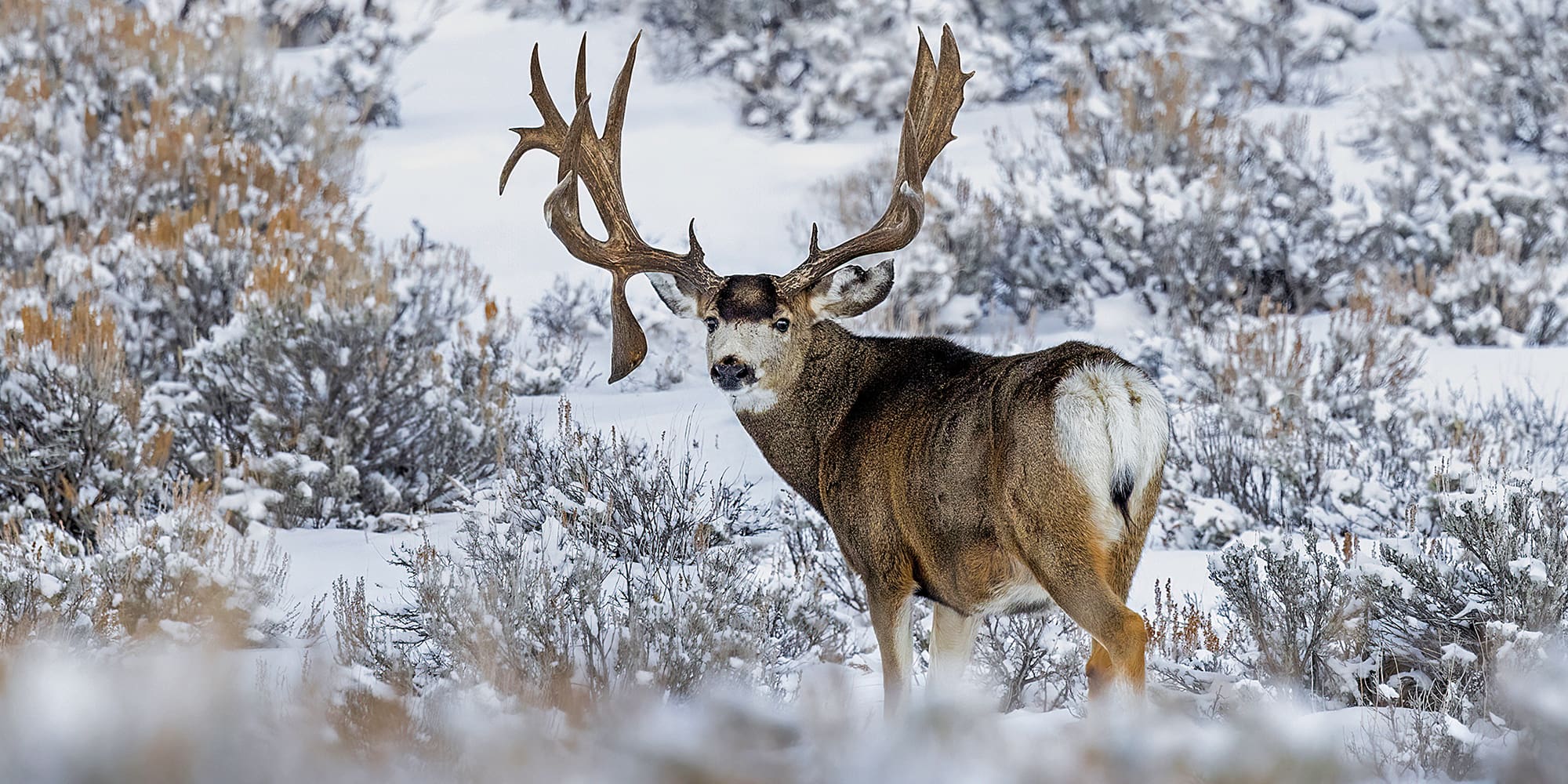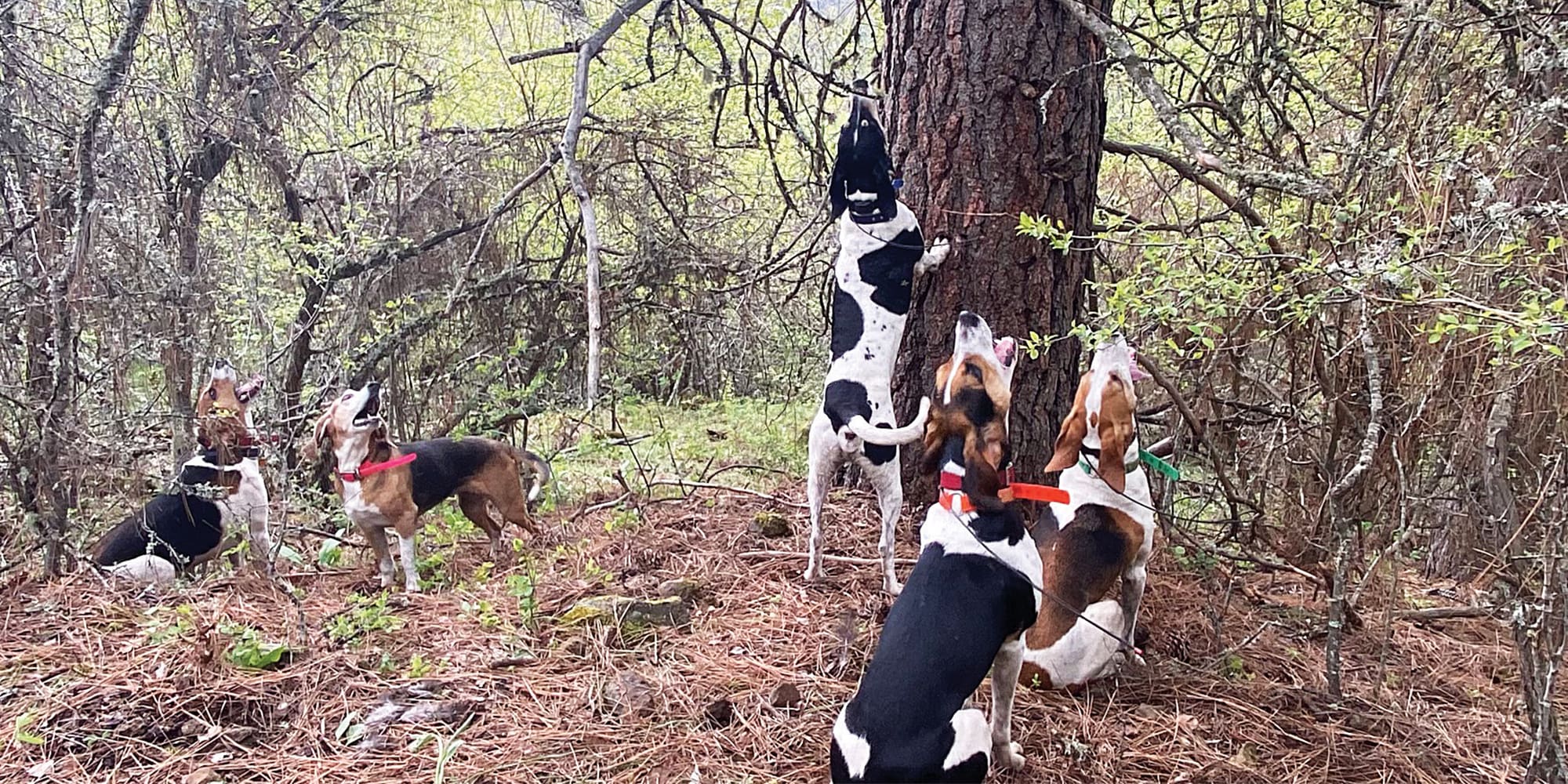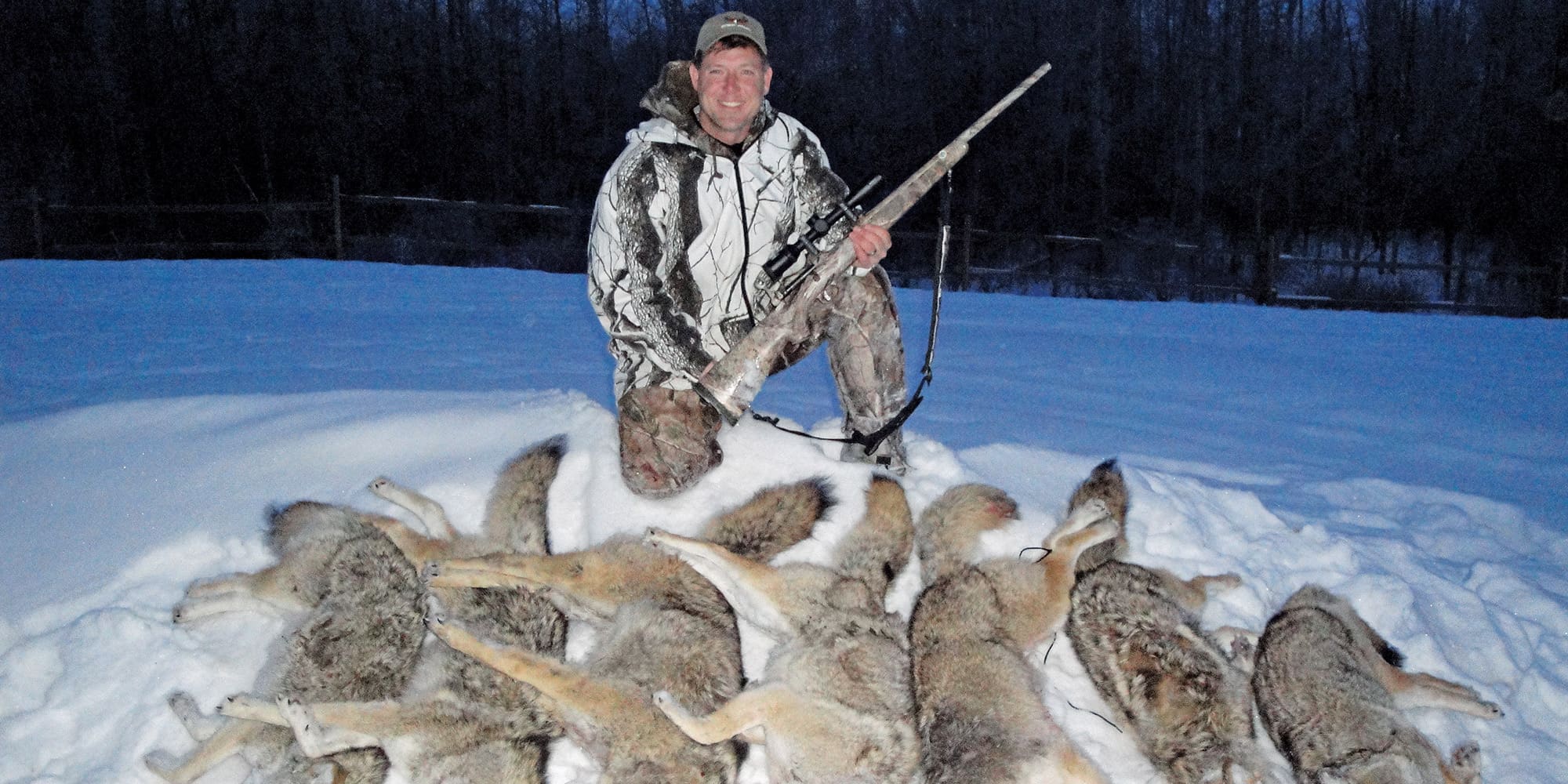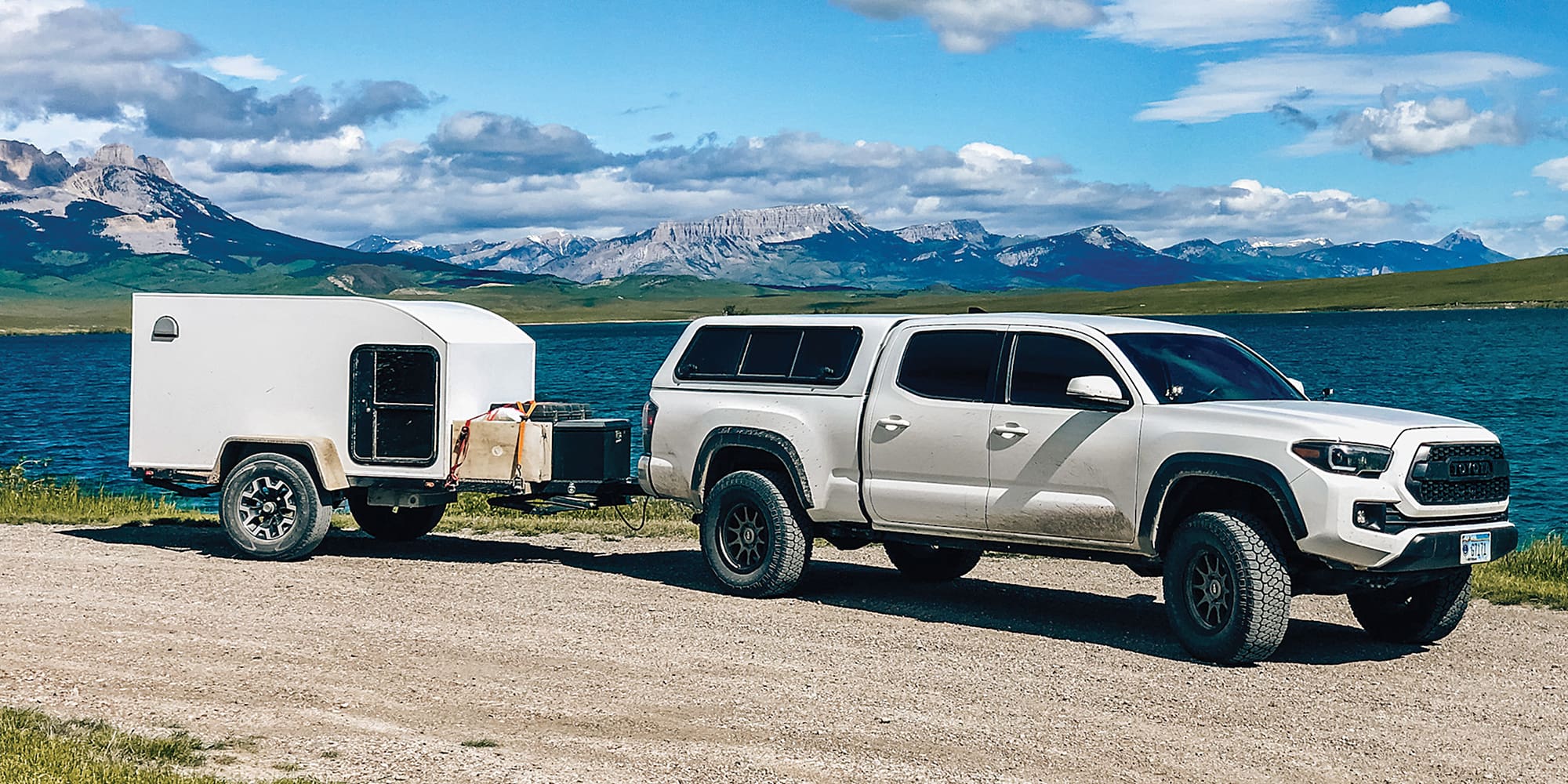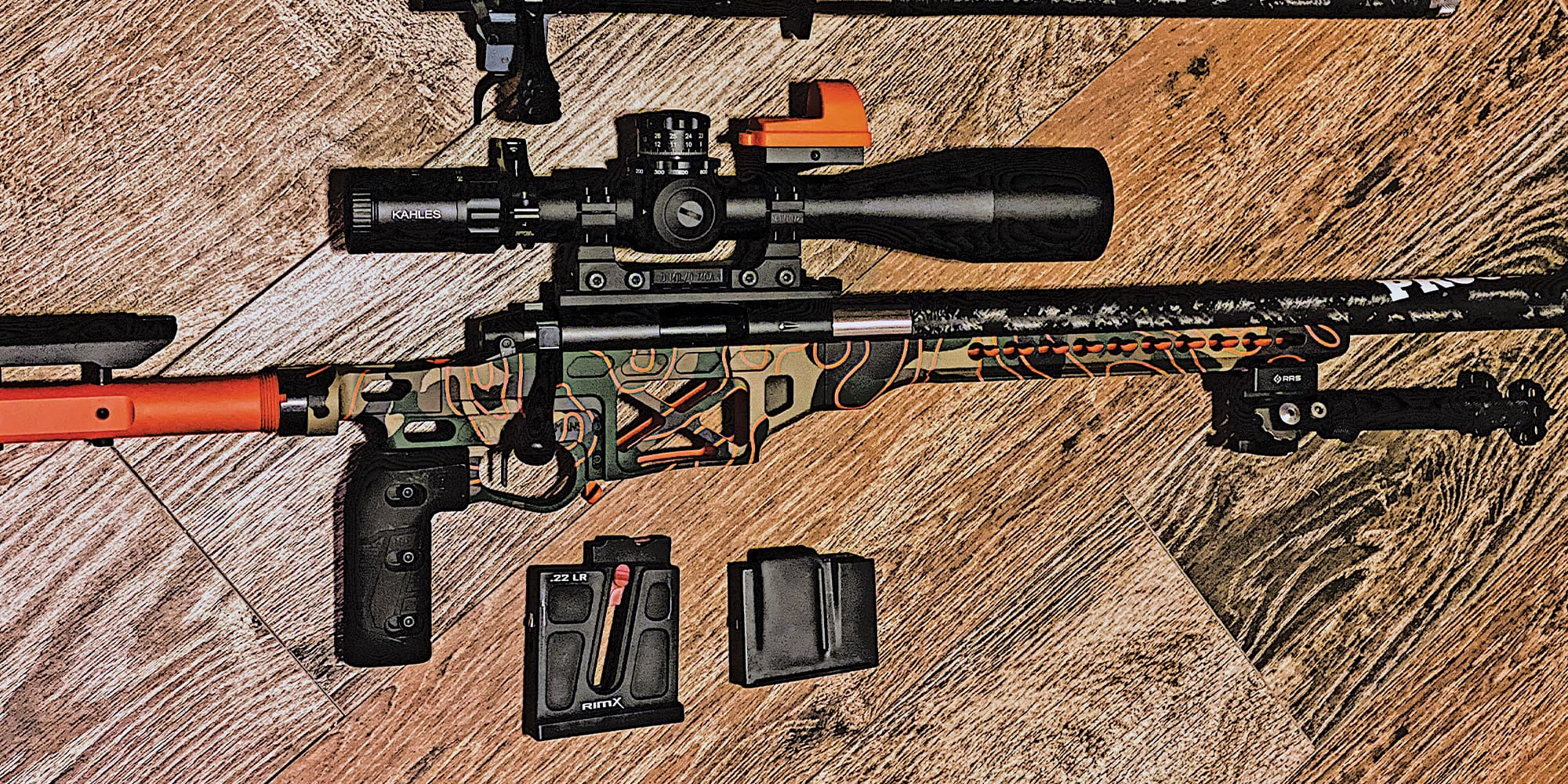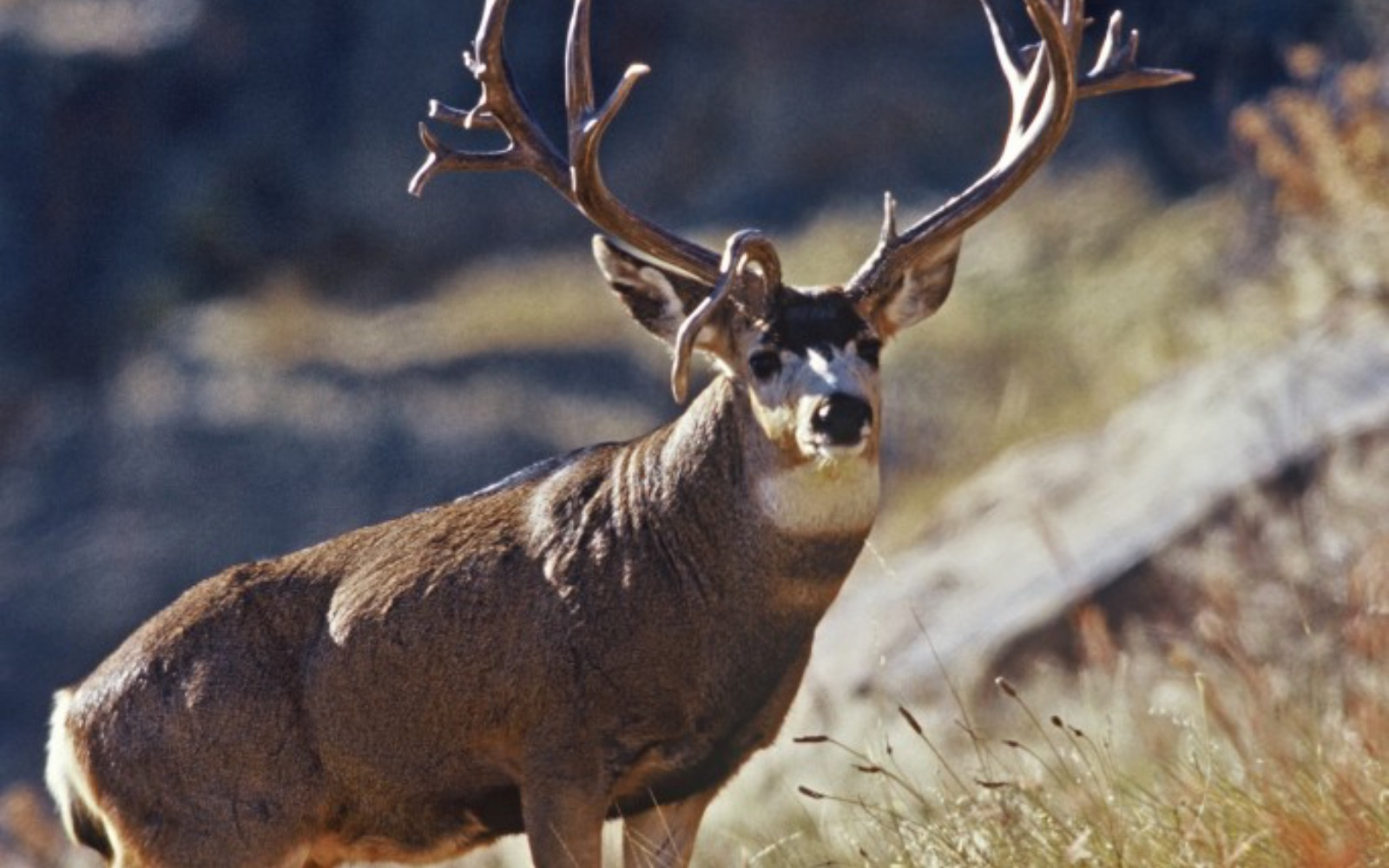
NOTICE: Certain links on this post may earn a commission for Western Hunter Magazine from Amazon or our other affiliate partners when you make a purchase. Thank you for your support.
Mule Deer in the New Millennium
Where are the B&C bucks coming from now?
It’s no secret that the first decade of our new millennium (2000-2009) produced an incredible number of Boone & Crockett mule deer entries. It was an age that in some areas seemed a resurgence of the glory days of the ‘60s. But what about now? What’s the story about the current dynamics of trophy mule deer?
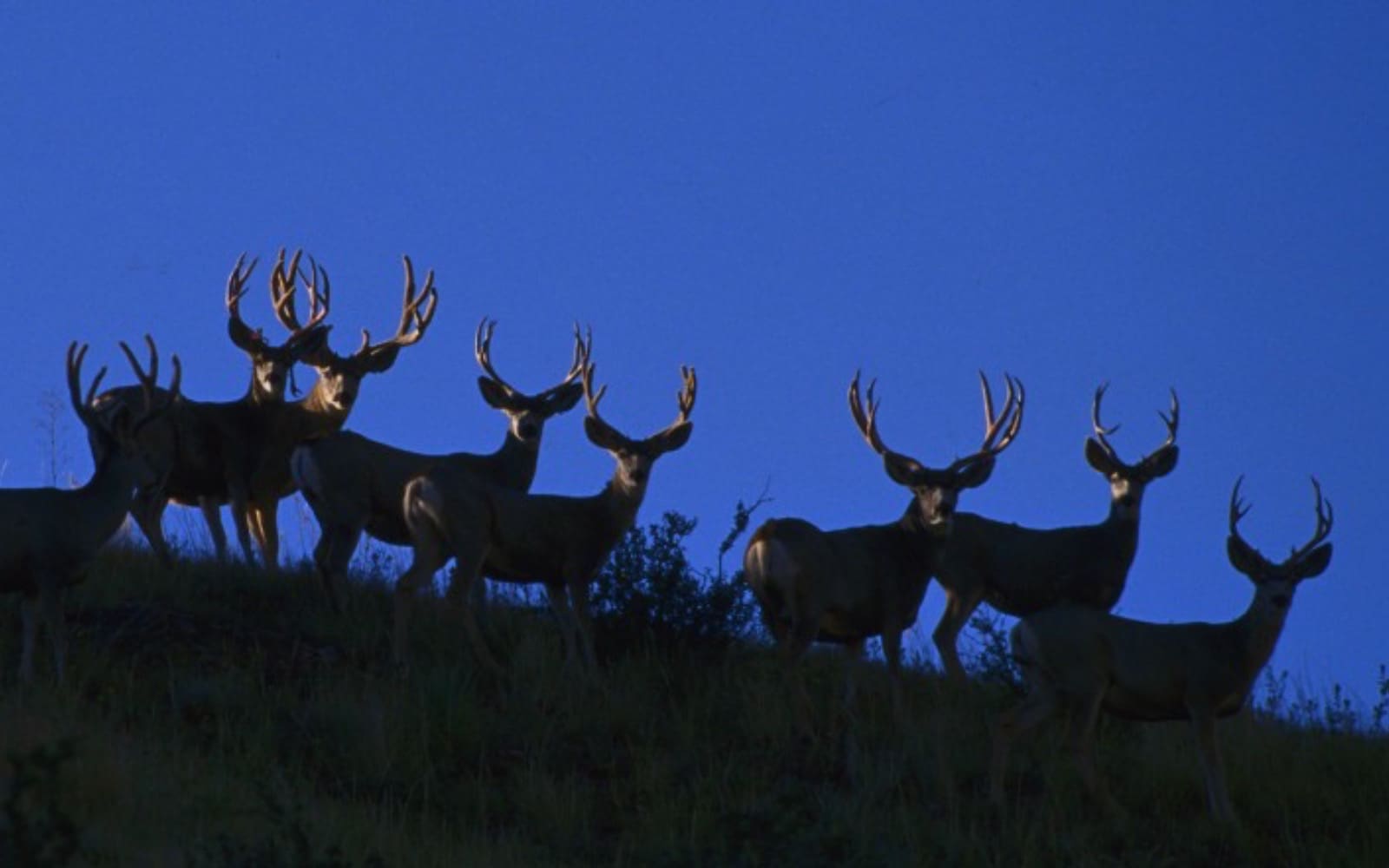
Notes on Two Powerhouses of the Decade
Colorado: Living in Colorado for nearly 25 years, I’ve personally seen big buck numbers go from almost nonexistent in the early ‘90s to what was generally observed as a healthy abundance in the 2000s. Colorado has always led the B&C records with total entries for mule deer. That fact is very common knowledge for serious mule deer hunters, but for a few years in the mid part of the last decade, the number of entries to come from the state surprised even this group. Boone & Crockett entries for mule deer during the last decade peaked in 2004, mainly due to the huge numbers of bucks to come from Colorado. Tag numbers increased, but the winter of 2007-2008 had a serious impact on some of the state’s best mule deer herds and the outlook is now much different.
Mexico: Sonora was another area that really received a great deal of press and attention from mule deer hunters. Many great bucks were taken in what some have described as very easy hunting circumstances.
Perhaps in retrospect, this newfound “El Dorado” of mule deer hunting might have seen its better days. Deer management is controlled by private ranch owners and outfitters as apposed to biologists and game departments, and the harvest was maximized and probably exceeded in many places.
There might be a few responsible outfitters reading this right now who are screaming out loud at this statement, but there are enough stories of ranches leased, shot out, and outfitters moving on that there is some legitimacy to this statement. Ranches that should have seen 3-4 mature bucks harvested off them were booking a dozen hunters and filling tags. Time will tell if the pressure put on the Sonora mule deer herds will have long-term effects, but hunter numbers have dropped in the last five years.
What might inadvertently help bring back buck numbers is the increased violence and desperation in Mexico, which has many hunters “gun shy”. Though actual incidents involving sport hunters are almost nonexistent, just the possibility alone is keeping many hunters north of the border.
Current Contributing Factors
In my opinion - and this is anecdotal and armchair biology - there are some factors that have occurred in the last decade that should show up in the number of B&C entries in the last three years: the gas-drilling boom on Wyoming’s mule deer winter range, the devastating winter of 2007-2008 in the Rocky Mountain West, and finally the economic downturn coupled with the possible over-harvest of mature mule deer in parts of Sonora. There are many variables that will play into these numbers, which makes the validity of these observations null in the true scientific mind. Tag numbers, weather during hunting seasons, and other factors indirectly come into play.
Trends and Stats
That being said, the purpose of this inquiry and article is simply to gauge what had happened in the last decade to where we are in the last three years. Where are big mule trending right now and where should a serious mule deer hunter focus his sights for B&C-class mule deer?
A lot goes into producing B&C mule deer. In my opinion, the number one factor is for deer to get age. Over-hunting bucks leads to a cumulative effect of fewer older-age-class animals and less mathematical chance of there being a record-class buck. Genetics play a part, but habitat and age play a more dominant role in producing big deer.
When you limit harvest in an area with good genetic potential and great habitat, mule deer can get big and old. This was well illustrated in Colorado when buck tags were dramatically limited in 1999 and five years later B&C mule deer entries in Colorado were skyrocketing. Not every area can or will produce B&C-class deer, but in the areas that do, the number of entries is a fairly direct correlation to the overall presence of mature bucks in a given area.
The argument can be made that hunters pursue higher scoring mature deer with more intensity than lower scoring mature bucks that are genetically inferior according to B&C entry standards. There has been a suggestion by some that we as hunters are diluting the gene pool by focusing on B&C criteria bucks. I would argue that there is a very small percentage of the hunting population that operates this way. Most hunters are looking for a big buck first and score is less of an incentive to pull the trigger. It’s the wow-factor and wall appeal that inspires hunters first and true score-conscious hunters are a rare breed.
Off to www.boone-crockett.org, I went to see what I could find on B&C mule deer trends. What I saw was an overall and somewhat alarming decline in overall B&C mule deer entries. Are the modern glory years of the 2000s gone now? The numbers are starting to suggest that. There were a combined 71 typical and non-typical mule deer entries in 2000, with an increase in entries that peaked at 139 in 2004 and then declining to 62 in 2011. The graph line is pretty steady up and down except for 2002. In 2002, the Rocky Mountain West was impacted by the worst drought in decades and might possibly be the reason for this anomalous year for B&C entries. This idea was reinforced when I looked at both elk and pronghorn entries for 2002 and saw a noticeable decrease in entries from both species that year.
Some dramatic stats were also seen, such as Colorado accounting for 56 mule deer entries alone in 2004, the peak year for mule deer entries during that time period. Considering there were only 62 entries from all of North America last year, that really puts into perspective how off-the-charts the deer hunting was in Colorado in the last decade.
What was also interesting was Sonora having 13 entries in 2006. This was more than double any other year and steadily tailed off to a single entry from 2011.
Wyoming was another great historical producer of B&C mule deer and this state has also seen better days. The three-year period of 1999-2001 produced 39 entries, while there was only a single entry from last year. Natural gas drilling and development in western Wyoming’s winter range may have had an impact, but the human population growth in the area caused by industry workers moving to western Wyoming, and the ensuing increase in resident deer hunters who aren’t limited in number may have had as much or more impact. Additionally, the birth of the modern mule deer videos started in western Wyoming fueled the fires and imaginations of many ardent mule deer hunters. Serious deer hunters came to western Wyoming and hit the country hard and the great number of B&C-class bucks taken then might evidence this. Wyoming’s deer were promoted hard and ultimately loved to death.
Another area that jumped out from a statistical standpoint is New Mexico’s Rio Arriba County. It’s truly stunning how many B&C bucks came from Rio Arriba County in the 2000s. Most serious mule deer hunters are aware that Rio Arriba County is home to the Jicarilla Indian Reservation. Aggressive predator control and seriously limited deer hunting has produced the best quality deer hunting of the West during the decade. Mule deer hunting isn’t cheap on the Jicarilla and even at the high cost there is still much more demand than supply. In a ten-year period starting in 2000, Rio Arriba County produced 48 typical and eight non-typical mule deer entries - a truly unbelievable number relative to the size of the area.
Rio Arriba County produced more than double the number of B&C bucks as the next closest county, Eagle County, Colorado, with 27 total entries in the same time period. That’s even more impressive when you consider Eagle County blows away most other counties in the West. Shockingly, there was not a single entry from Eagle County last year, which was the first time that has occurred in 17 years! This is further evidence that the winter of 2007-2008 has had a devastating impact on some mule deer herds in the West. Colorado’s unit 44 has been widely touted as one of the top units in Colorado for years, but for those of you sitting on a dozen or more points and applying there, the trend shows that you might be setting yourself up for disappointment. Numbers don’t lie.
Some assumptions were confirmed with the research, like the famous Arizona Strip and Kaibab being consistent producers. Utah has decent entry representation from those units with quality management and Lincoln County, Nevada is still producing B&C bucks.
Another stunning number was the sheer dominance of Saskatchewan in total B&C entries. Consistent production of monster mule deer is a hallmark of this Canadian province, with 67 typical and 31 non-typical entries during the 2000s. A relatively low human population and no nonresident mule deer hunting means Saskatchewan bucks are getting OLD! An almost 2-1 ratio of typical to non-typical entries is also an incredible stat and is unmatched in any other state or county. This is double the rate of Colorado, where B&C deer have a 4:1 ratio (typical to non-typical). All this means nothing other than eye candy in magazines if you aren’t a Saskatchewan resident other than one key fact: mule deer get really big if you let them get old.
Other Thoughts
Along with deer getting old and a relatively conservative management plan required to achieve this, we must consider this: We are living in the information age where there are no secrets in hunting big mule deer. There seems to be a 2-5 year lag from when an area gets hot and the hunting pressure rushes in. We saw it in Wyoming; we saw it in Mexico; and in Colorado. There are many driven big buck hunters who play the points game in every western state and aren’t afraid to put out the time and money it takes to kill B&C bucks. Optics are flawless and guns are built to give hunters advantages that 20 years ago belonged only to a very small handloading, benchrest crowd. There are better clothes, packs, boots, and every piece of gear that a hunter might want or need is available at high quality. We are better hunters when we pay attention to others’ successes and there’s plenty of good hunters who are ready and willing to share tips and advice. In today’s day and age, I wouldn’t want to be a mule deer buck hoping to get old.
One thing that is apparent right now is that there aren’t any dominant hotspots for big mule deer other than Saskatchewan. Colorado is still out-producing other western states for B&C mule deer, but the latest edition of Boone & Crockett Club’s Fair Chase magazine shows a changed face of mule deer hunting from the last decade. Entries from Eagle and Gunnison counties dominated the record book six to eight years ago and now there are single entries from different units all over the state. The Henry Mountains of Utah have kicked out numbers of great bucks the last few years but drawing a tag there is more difficult than drawing a sheep tag in most states. There is no doubt that the most conservatively managed units in the West are producing the best bucks. While game managers shouldn’t manage to try and produce B&C-class bucks, the simple fact of there being B&C-class bucks as a result of good age class representation is encouraging to hunters.
Let us hope that the last couple years are just an anomaly and that the future holds more and better deer hunting opportunities. This sounds good on the surface, but without a concerted effort by state wildlife agencies to manage for good age-class representation, mule deer herds and buck numbers will probably continue to drop. Anyone with common sense can look at the graph chart for B&C entries in the West and probably predict within a reasonable degree of accuracy what the next three years hold for us. Looking at the trends and best counties, you can see your best chance at a B&C buck is one of the tightly managed units in the West or by simply getting lucky through hard hunting in traditionally great buck areas. Good luck and good hunting.
Non-Typical Mule Deer

Anomalous Anomalies
Looking at the graph charting B&C mule deer entries during the last 12 years, there is an interesting trend, and that is a relatively consistent number of non-typical mule deer entries from year to year. The drop during the 2002 drought year and the peaks during 2004 and 2007 are apparent, but far less noticeable than the wild swings seen in the typical mule deer entries.
Why is there such a steady number of non-typical entries? One theory is that a certain percentage of bucks will make it through the hunting pressure to get old and non-typical B&C bucks are generally older and take longer to mature. My observations are that young non-typicals are already showing a propensity for extra points and the older a buck gets the more scoring non-typical points it has. In areas that have good habitat and great genetics, bucks that aren't fully mature can still be big enough to score past the minimum 180 B&C for the typical category. In areas being managed for better quality, there will be a percentage of these younger, high scoring bucks that are taken and will be represented in the B&C entry stats.
True non-typicals are anomalies and a genetic variation of the propensity for mule deer to grow a typical four-point, bifurcated antler rack. They are slightly more common in some places than others (i.e. the Arizona Strip) but still rare by most standards. Taking a B&C non-typical mule deer is one of the rarest and most difficult accomplishments in big game hunting.


